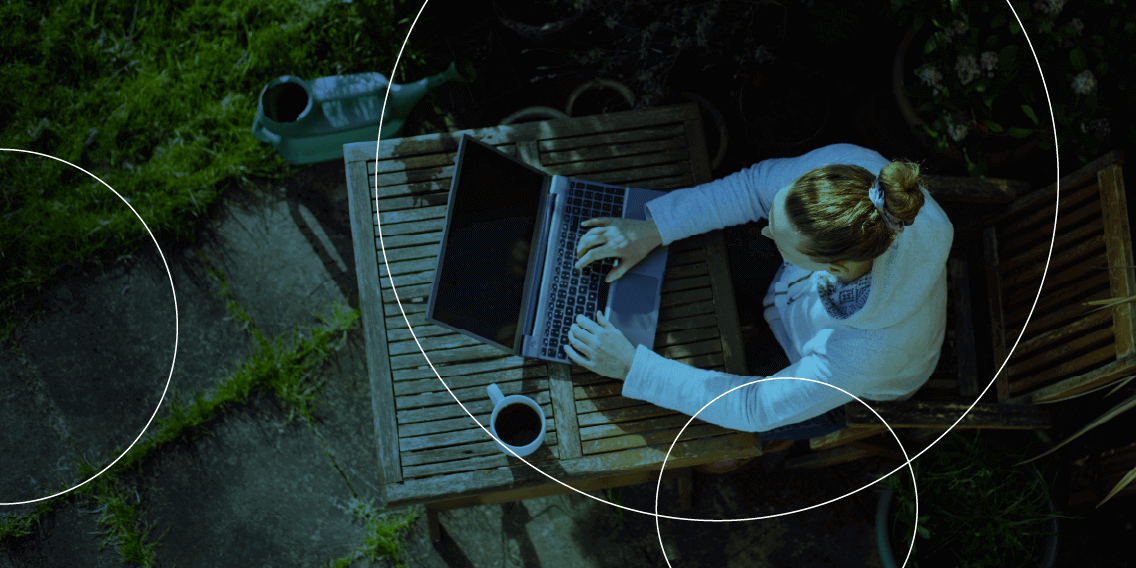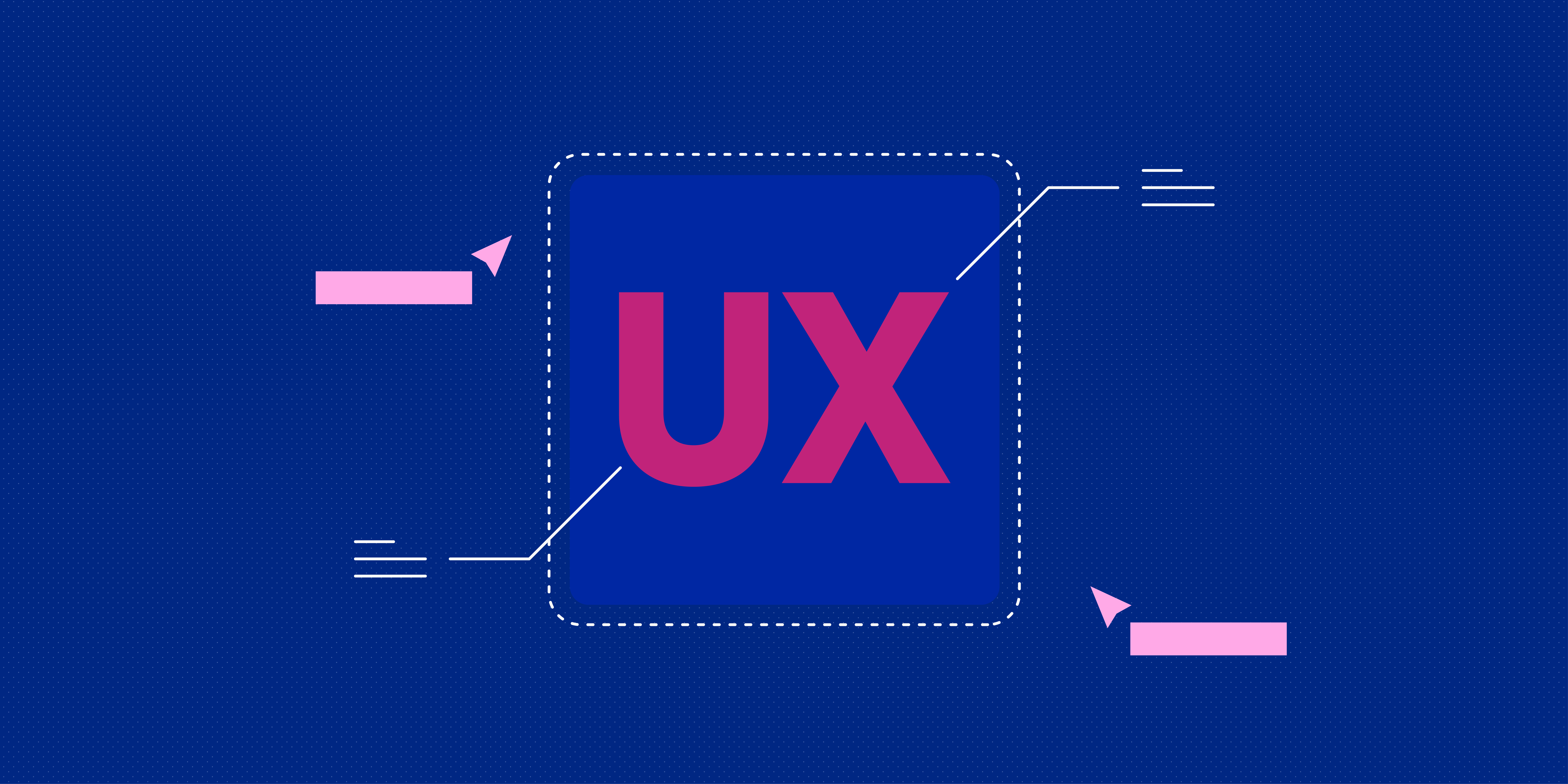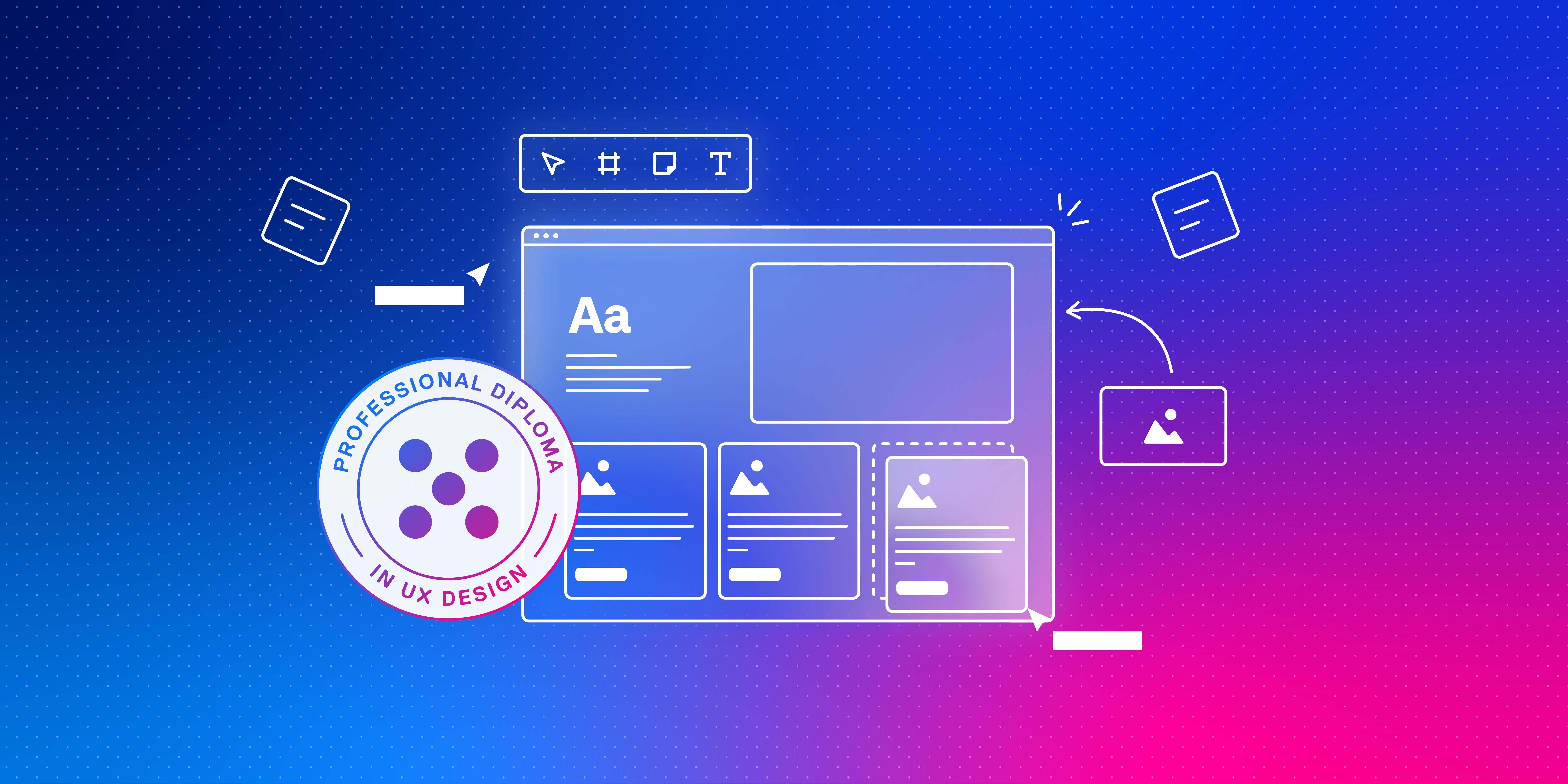Remote work has become more common in many jobs and industries, including UX design. UX designers have a highly collaborative, people-focused role which calls for seamless communication with multiple stakeholders. As such, adapting to—and thriving in—the world of remote work can be tricky.
So how can UX designers utilise and make the most of remote UX working? We’ll show you in this guide, which explores how each step of the UX design process can be performed remotely, and the remote tools that can support UX designers at each stage.
Here’s what we’ll cover:
- The rise of remote work for UX designers
- How to conduct remote user research
- Adapting the design phase
- Remote prototyping
- Validating your designs while working remotely
The rise of remote work for UX designers
Traditionally, UX designers were expected to work in an office so they could collaborate with stakeholders, clients, and team members in person. However, many companies that employ UX designers had started to explore the possibilities of remote work even before the coronavirus pandemic, with some allowing their employees to work from home part-time and a few even going fully remote. The pandemic sped up this trend exponentially, with lockdowns forcing workers everywhere, including UX designers, to work from home whether they wanted to or not.
The truth is, there are many perks to being a remote UX designer. You can work in your pyjamas from anywhere you want, your commute is reduced to the length of time it takes to boot up your computer, and without the buzz of your colleagues all around you, you may find you’re better able to fully immerse yourself in your creative design work.
On the other hand, remote work can be lonely, the line between work and home can get blurry and lead to burnout, and it can be difficult to collaborate and get quick and accurate feedback from your clients and co-workers.
Fortunately, today there are more tools for remote UX design work than ever before, and once you’ve settled on the ones that work best for you and your team, you can maximise the advantages of working from home and minimise the drawbacks.
How to conduct remote user research
Every UX project should start with user research. After all, how can you design user experiences if you don’t talk to users?
There are many ways to perform UX research, including user interviews, card sorting, surveys, and first-click tests, and which method you choose will depend on the questions you want to answer. In the past, most user research techniques had to be carried out in person, but luckily that’s no longer the case.
There are some great tools for performing research remotely, including Zoom for conducting and recording remote user interviews or focus groups, Google Forms, TypeForm, or SurveyMonkey for creating and collecting answers to surveys, and Calendly for scheduling interviews. For remote card sorting, first-click tests, and tree testing, Optimal Workshop is a great option that enables you to easily set up all three.
After you’ve performed your research, you need to be able to analyse and synthesise it. This can involve a number of tools. For qualitative analysis you can use Reframer or Dedoose. Meanwhile, quantitative analysis will require a tool like SPSS, Excel, or Google Sheets.
Once your analysis is complete, you’ll have to present it in a way that ensures clients, stakeholders, and your team will understand and empathise with the users of the product you’re designing. This can be especially difficult when you present your findings remotely, so you’ll need to create a presentation that really grabs stakeholders’ attention. Not only should you present your findings during a Zoom meeting, you should create a document summarising your research findings that your client and team will actually read and pay attention to.
You can do this by creating journey maps, personas, and storyboards, and by using quotes, videos, or photos to bring your users to life. But whatever you choose to include, remember you can draw people in by using lots of images and telling a story about your findings that turns your users into the protagonist.
Design
During the design stage of the UX design process, you’ll work on finding a solution to the design problem you’re trying to solve. This is an iterative process, so whether you’re working remotely or in an office, you may start by sketching out options with a tool as simple as pencil and paper, or you may want to start using a remote wireframing tool to create simple digital wireframes, site maps, and user flows. A great remote tool for quickly creating low-fidelity wireframes is Balsamiq Wireframes, which enables you to rapidly iterate on your design ideas.
However, you don’t have to be alone during the early stages of the design process. If you want to brainstorm with your team, you can conduct remote whiteboard sessions with tools like Miro, InVision’s Freehand, or Figma’s FigJam, which enable teams to collaborate and come up with solutions together. From there you’ll want to solidify your designs by creating high-fidelity wireframes with tools such as Adobe XD, Framer, or UXPin.
One thing to keep in mind at this stage of the design process is that communication is key, especially when you’re working remotely. Daily check-ins with your team over Zoom where everyone can share their progress on the project are a good option for making sure the whole team stays on the same page, and throughout the day, you and your team can also use a chat app like Slack to stay in touch as new ideas arise or issues come up.
Remote prototyping
During the prototyping stage, the wireframes and other deliverables you created during the design stage will be turned into prototypes that will simulate how the product will function in real life. Usually, prototypes will be interactive, with clickable areas that enable clients and stakeholders to see exactly how the product will work.
There are a number of remote prototyping tools that will enable you to easily create high-fidelity, clickable prototypes, including Framer, Adobe XD, Marvel, Figma, and Sketch, most of which will also enable you to hand off your designs to developers and even help you perform some user testing.
Regardless of which tool you decide to use, if you’re working remotely, clients and stakeholders may not understand all the ins and outs of your design if you send them a prototype and nothing more. As a result, it can be helpful to have a Zoom meeting with them so you can click through the prototype while explaining all the details of your design’s interactive features. You might also want to provide a specifications document or a set of wireframes with screen annotations, so stakeholders have a written reminder of how the design works.
Validating your designs while working remotely
During the validation stage of the UX design process, you’ll test your design to see if it meets real users’ needs. UX testing, or usability testing, is a crucial step in the design process that can involve A/B tests, eye-tracking tests, session recording, and observational studies. In the past most of these methods required an in-person moderator to guide users through each test, but today there are lots of tools that can help you perform them remotely.
If you want to perform an observational study, Lookback lets you remotely watch how users interact with your product. You can also ask for feedback in real-time and record their interactions and feedback to watch later.
Another popular option for UX testing is the aptly named UserTesting, which enables you to run task-based tests through video recordings and provides transcripts and analysis of your tests, including visualisations and metrics. UserTesting will even recruit participants for you.
Finally, Hotjar is a valuable tool for examining how users interact with your product. Through tests like heatmaps and screen recordings, you can see where users click, what parts of your product are being overlooked, and determine if there are any places where users run into problems.Once again, because you’re performing this work remotely, communication is key. After all, if the tests uncover a big problem, you and your team will have to understand the issue and then come up with a plan to fix it. As a result, throughout user testing, you’ll want to document your findings and share them with your team with a tool like Google Sheets or Google Docs. You’ll then want to collaborate with your team via Zoom or Slack to decide which issues to tackle and their priority.
Also, once the product goes live, you’ll continue to monitor its performance and make improvements and adjustments when necessary. This involves keeping up with how users are engaging with the product through Google Analytics and even periodically surveying or testing users after new features are released or to ensure older features are still performing well.
Being a successful remote UX designer involves mastering a number of tools, working more independently and communicating more deliberately than you would if you worked in person. However, with only a few tweaks to your work process and some planning, it can be a very fulfilling and exciting way to work as a UX designer.
For more helpful tools, check out this ultimate guide to the best UX design tools in 2023.





